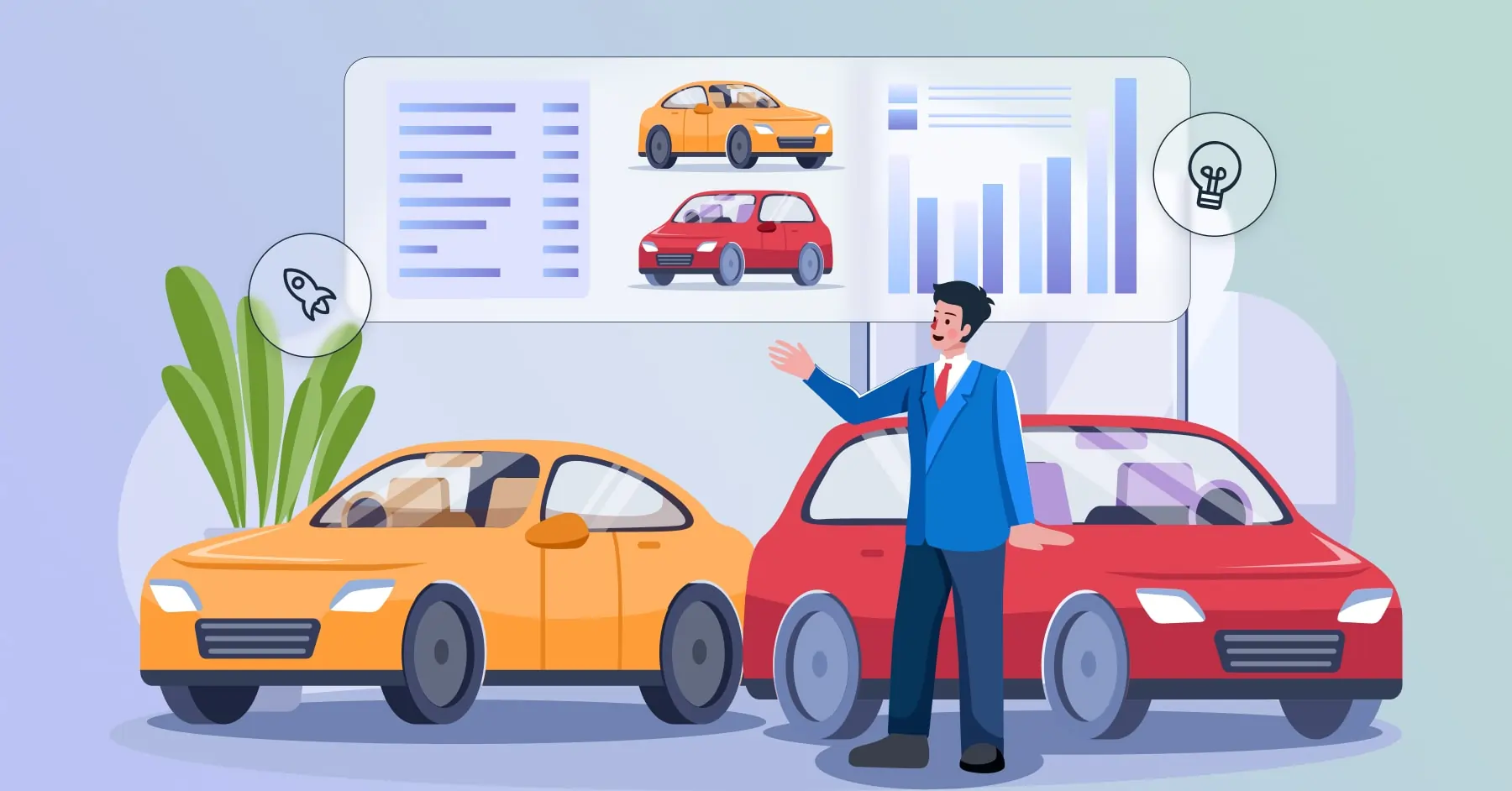Top 10 Free Graphic Design Tools for Beginners and Students in [2025]
![Top 10 Free Graphic Design Tools for Beginners and Students in [2025]](https://indibloghub.com/public/images/courses/67ee2be46d5da7849_1743662052.jpg)
Strong 8k brings an ultra-HD IPTV experience to your living room and your pocket.
Graphic design has become an essential skill in today’s digital age, empowering creators, marketers, students, and businesses to communicate visually. Whether you're just starting your creative journey or looking for the best free software, knowing the right tools can save you time, effort, and money. In this post, we unveil the graphic design tools list tailored for beginners, students, and budget-conscious creators.
1. Canva
Why It’s Great:
Canva is the go-to graphic design software for beginners, thanks to its incredibly user-friendly interface and a vast library of pre-made templates. You don’t need any design skills to start creating stunning visuals.
Key Features:
Drag-and-drop editor
Thousands of free and premium templates
Rich library of icons, images, and fonts
Collaborative tools for team projects
Best For:
Social media graphics
Posters and flyers
School presentations
Branding for small businesses
Free Features:
Access to 250,000+ free templates
Cloud storage
Basic photo editing tools
Free version available for individual and educational use
2. Adobe Express (Formerly Adobe Spark)
Why It’s Great:
Adobe Express brings the power of Adobe to non-designers. It offers quick tools for creating professional-grade content for social media, videos, and web pages without the steep learning curve of Photoshop or Illustrator.
Key Features:
Easy-to-use template system
Direct access to Adobe Stock and Adobe Fonts
Quick export to social media platforms
Brand kits for maintaining consistent designs
Best For:
Social media managers
Digital marketers
Students working on visual assignments
Free Features:
Basic templates and design assets
Video and animation creation tools
2 GB of cloud storage
Sync across devices
3. Gravit Designer
Why It’s Great:
Gravit Designer is a full-featured vector design application suitable for UI design, logos, illustrations, and more. Its clean interface makes it ideal for learners and intermediate designers.
Key Features:
Powerful vector editing tools
Boolean operations and advanced path controls
Precision layouting
Works offline and online
Best For:
UI/UX designers
Students exploring vector graphics
Web designers and logo creators
Free Features:
SVG editing
Export to PDF and PNG
Basic cloud storage
Works on all platforms including browsers
4. GIMP (GNU Image Manipulation Program)
Why It’s Great:
Often referred to as the “free Photoshop,” GIMP offers a robust set of tools for photo editing, image composition, and graphic design. It’s highly customizable and supported by a passionate community.
Key Features:
Advanced layer manipulation
Wide range of plugins and extensions
Custom brushes and patterns
Batch processing capabilities
Best For:
Students learning photo retouching
Graphic artists
Freelance designers
Free Features:
Open-source and 100% free
Full support for PSD files
Plugin-rich ecosystem
Runs on Windows, macOS, and Linux
5. Figma
Why It’s Great:
Figma is a revolutionary web-based design platform that enables real-time collaboration. It’s especially popular among UX/UI designers and product teams for wireframing and prototyping.
Key Features:
Vector networks and smart selection
Real-time multi-user collaboration
Auto layout and prototyping tools
Community plugin support
Best For:
Team-based design projects
Interface and product designers
Students working on group assignments
Free Features:
Unlimited files in drafts
Up to 3 projects per team
Real-time collaboration and commenting
Version control
6. Inkscape
Why It’s Great:
Inkscape is a professional vector graphics editor similar to Adobe Illustrator. It supports many advanced SVG features and offers fine control over graphic elements.
Key Features:
Node editing, path operations
Gradient tools and pattern fills
Text manipulation tools
Extensive format compatibility
Best For:
Students learning vector design
Logo creation and illustrations
Technical and educational illustrations
Free Features:
Completely open-source
Works on Windows, Mac, and Linux
Robust developer and user community
7. Photopea
Why It’s Great:
Photopea is a browser-based alternative to Photoshop that supports PSD, XCF, Sketch, and other file types. It’s ideal for users who need an advanced tool without downloading software.
Key Features:
Layer-based editing
Clone stamp, healing tools
Smart objects and filters
Export options for web and print
Best For:
Quick image editing
Students using Chromebooks
Designers on the move
Free Features:
No registration required
All essential editing tools free
Compatible with PSD and AI files
8. Vectr
Why It’s Great:
Vectr is a free, cross-platform vector graphic editor that is perfect for beginners. Its learning curve is minimal, making it great for experimenting with basic shapes and design.
Key Features:
Real-time collaboration
Intuitive vector drawing tools
Instant sharing and cloud sync
Accessible from browser or desktop app
Best For:
Basic logo design
Posters and icons
School design projects
Free Features:
100% free, with cloud storage
Interactive tutorials built-in
Collaborative editing
9. Krita
Why It’s Great:
Krita is a favorite among illustrators and digital painters for its natural brush feel and intuitive interface. It’s a powerful tool for students interested in creating comics, concept art, and animations.
Key Features:
Brush stabilizers
Layer management
Built-in animation tools
HDR painting support
Best For:
Comic artists
Digital illustrators
Animation students
Free Features:
Open-source and completely free
Constant community updates
Customizable workspace and brushes
10. Desygner
Why It’s Great:
Desygner is a design platform with thousands of royalty-free templates, making it a quick solution for non-designers. Its branding kit support is ideal for startups and student entrepreneurs.
Key Features:
Easy drag-and-drop editing
Multi-user collaboration
Branding toolkit
Direct publishing to social media
Best For:
Creating marketing materials
Educational and business projects
Entrepreneurs and students
Free Features:
Free templates and assets
Limited team collaboration
Royalty-free image library
Conclusion
Choosing the best tool for graphic design for students or beginners doesn't mean compromising on quality. With tools like Canva, GIMP, Figma, and Krita, it’s easier than ever to build professional designs for free. Whether your focus is on UI/UX, marketing visuals, digital art, or educational content, this graphic design tools list covers a wide range of needs.
As the design industry evolves, so do the tools. Fortunately, many of the most powerful platforms now offer free versions that are more than capable of supporting your creative journey. Experiment with these top 10 tools for graphic design and find the one that fits your workflow best.
FAQs
What is the best graphic design software free of cost?
Canva, GIMP, and Figma are among the top free options in 2025, providing robust features for various design needs.
Which graphic design tools are ideal for students?
Canva, Adobe Express, Figma, and Krita are excellent for students due to their educational plans and user-friendly interfaces.
What software should beginners start with for graphic design?
Beginners should start with Canva and Vectr for basic designs, then explore Figma or GIMP as their skills improve.
Can I use these tools for professional graphic design work?
Absolutely. Many professionals use Figma, GIMP, and Inkscape for client work, app design, and publishing.
Are there mobile versions of these graphic design tools?
Yes. Canva, Adobe Express, Desygner, and Photopea have mobile-friendly versions or apps suitable for designing on the go.
Note: IndiBlogHub features both user-submitted and editorial content. We do not verify third-party contributions. Read our Disclaimer and Privacy Policyfor details.




